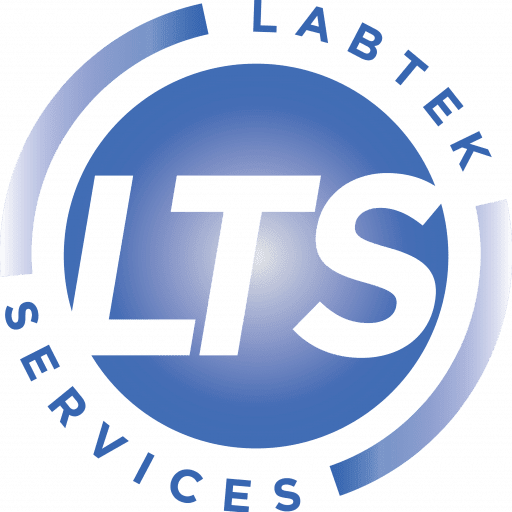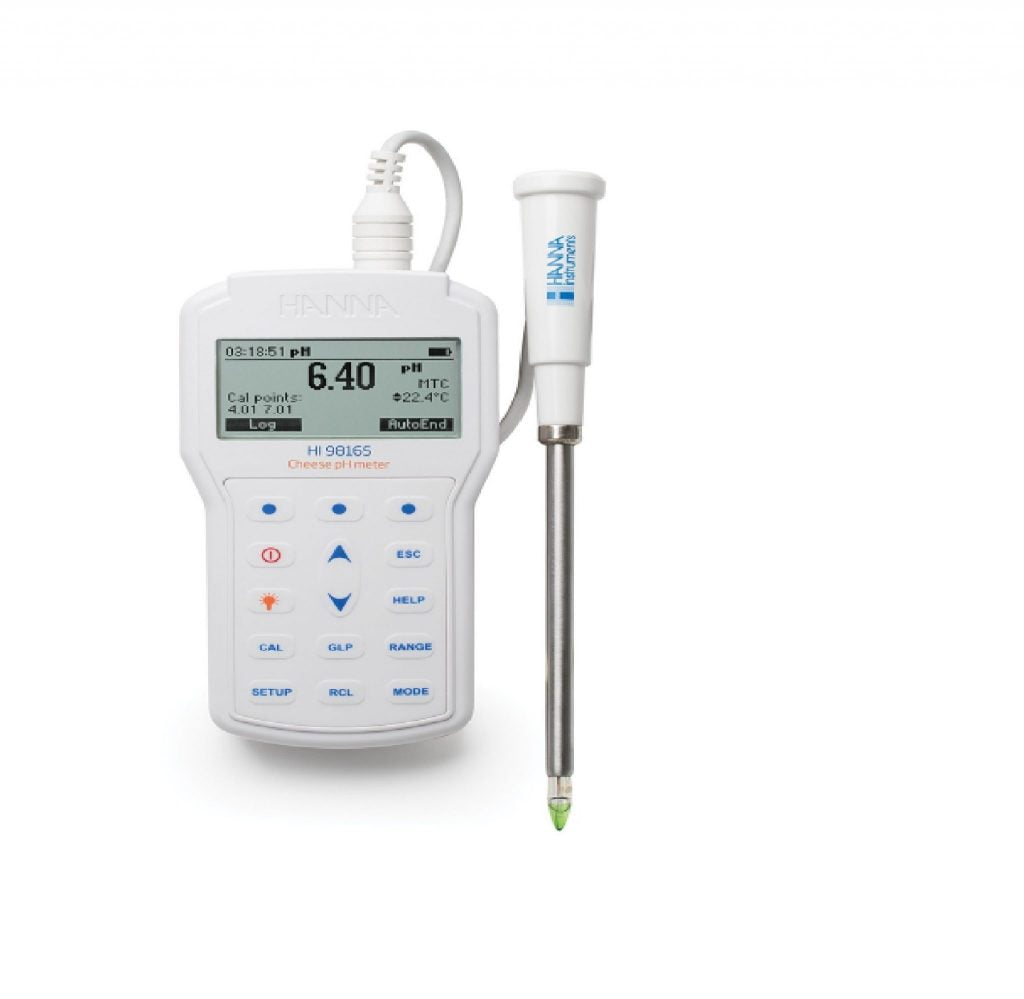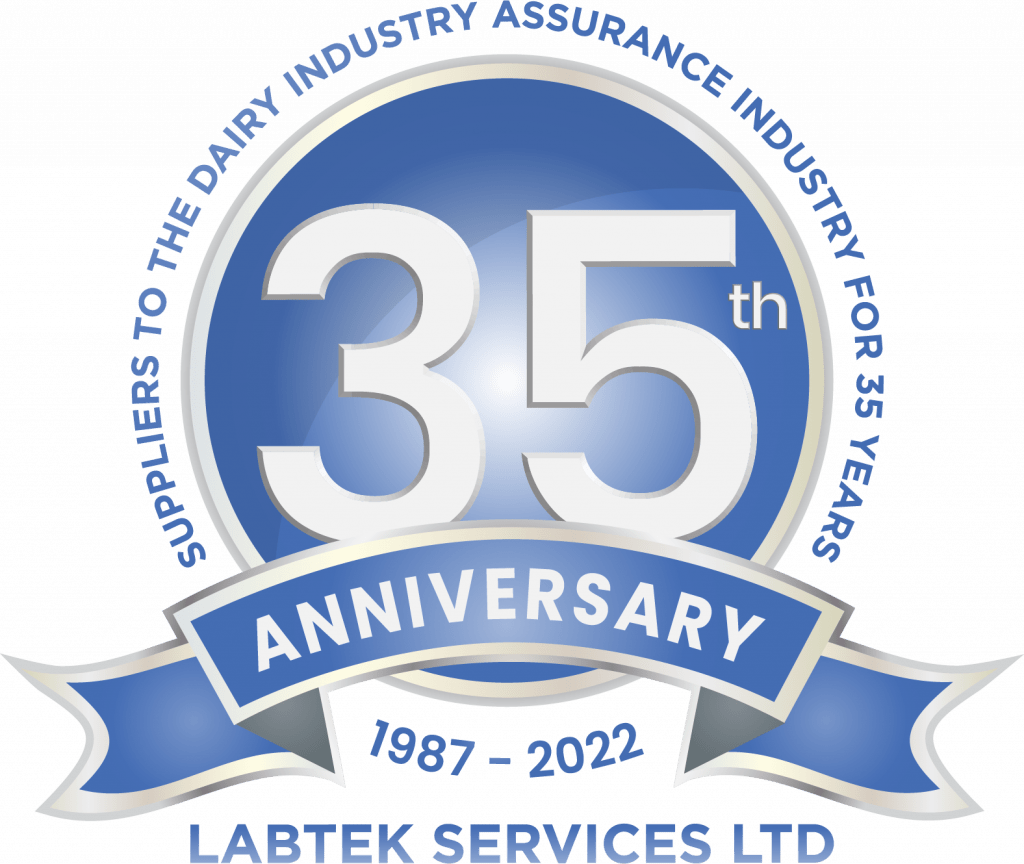Obtaining accurate and repeatable pH results from your pH Meter requires the user to perform regular maintenance of the meter, probes and solution. Below is a guide to best practice from LABTEK Services Ltd
- Keep the electrode hydrated to reduce drifting pH values, slow response times and incorrect measurements – use electrode storage solution to revive a dry electrode saturate for at least an hour.
- Choose the right electrode for your sample – general purpose electrodes are functional for a wide range of applications but not ideal for all samples – choose the right electrode based on sample type food, liquid, paste etc…., high/low temp application.
- Store your electrode in storage solution – storing your electrode in de-ionised water causes ions to leach from the glass membrane and reference electrolyte resulting in a slow and sluggish response.
- Rinse do not wipe your electrode – wiping can cause a static charge which interferes with the pH reading of the electrode, simply rinse in distilled or de-ionised water and then blot not rub with a lint-free paper towel eg kimwipes to remove excess moisture.
- Clean your electrode regularly – deposits can form on the electrode during use, coating the sensing glass resulting in incorrect results and calibrations- Use electrode cleaning solutions specific to your application, specially formulated cleaning solutions are available for a range of product types including, dairy, high proteins etc….
- Calibrate Often – all pH electrodes need to be calibrated often for best accuracy, frequency depends on how accurate you want to be – daily calibration is ideal
- Properly submerge your electrode – both the pH sensing glass and reference junction need to be completely immersed in order to function correctly – add enough sample to submerge both junction and sensing glass.
A wide range of solutions, storage, cleaning, calibration and replacement electrodes are available from our buy-online page





